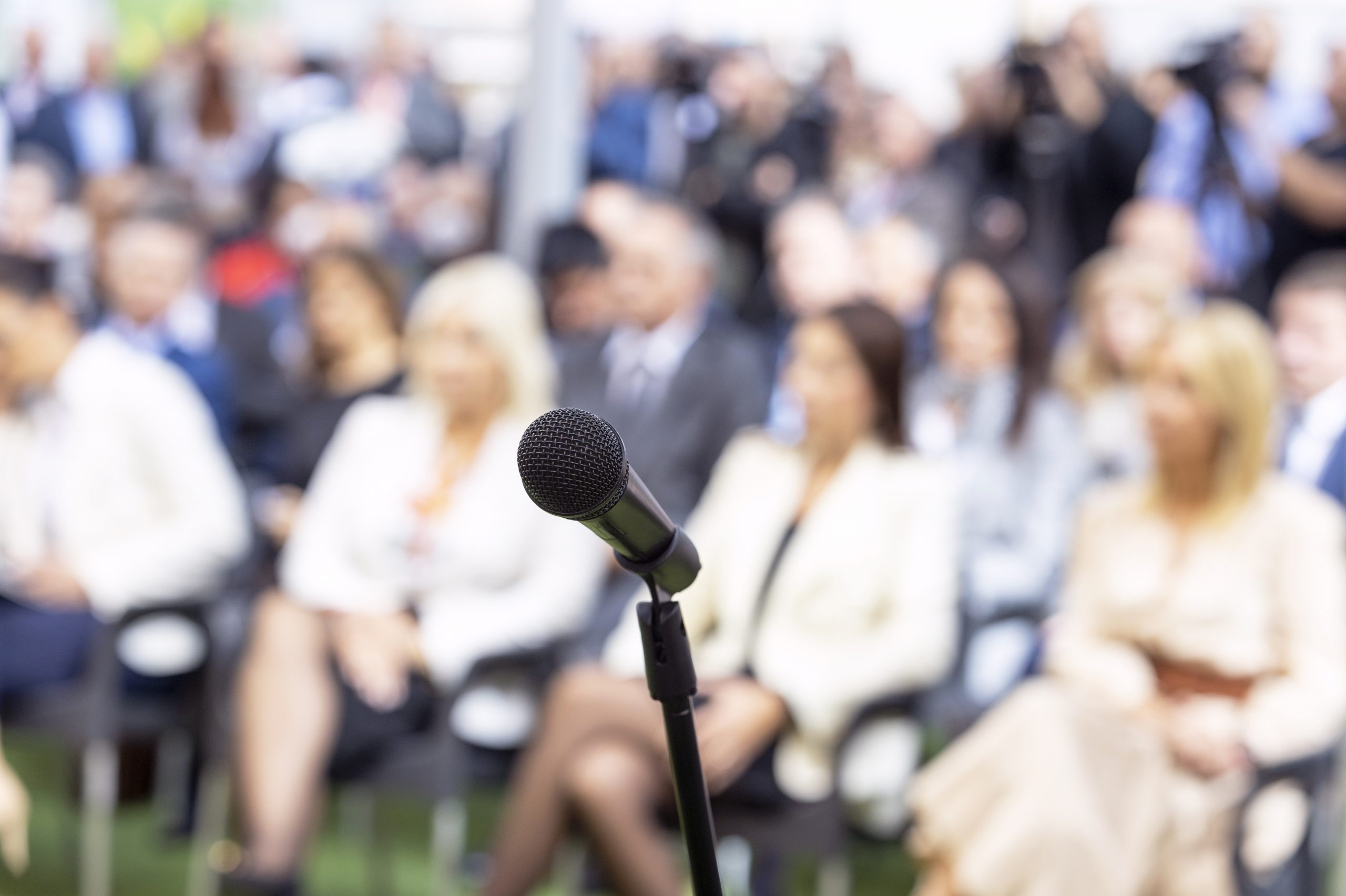
- This event has passed.
AERA 2025 Annual Meeting Presentation—Developing a Classroom Assessment System in Science: Centering Educators’ and Multilingual Students’ Voices
April 25

Developing a Classroom Assessment System in Science: Centering Educators’ and Multilingual Students’ Voices
Date & Time: April 25, 2025 | 1:30 – 3:00 p.m MT
Location: The Colorado Convention Center, Floor: Meeting Room Level, Room 403
Presenter(s): Keira Ballantyne, Brittany York, Amy Burden, Ivanna Anderson
Description:
The Multilingual Multimodal Science Inventory (M2-Si) is a classroom assessment designed to showcase what students know and can do in science, not merely what students know and can do in science in English. This study focuses on the development and pilot testing of M2-Si classroom activities, evaluating the implementation of activities in classroom contexts in collaboration with students and educator-researchers (ERs).
Theoretical perspectives encompass assessment, multilingualism, and science education.
Assessment is a sociocultural practice rooted in cultural, social, and educational contexts (Shohamy, 1998; Chalhoub-Deville and Tarone, 1996). Experts suggest traditional content area assessments may not meet multilingual learners’ (MLs) needs (ELL Working Policy Group, 2011, 2015; Robinson-Cimpian et al., 2016; Menken, 2008).
Multilingualism is an asset that students bring to their learning. Students thrive when their full cultural and linguistic identities are welcomed into the classroom (Alim & Paris, 2017; Arias, 2022; Bucholtz, 1999; Esteban-Guitart & Moll, 2014; Gay, 2010; Moll et al., 1992; Rymes & Pash, 2004; Wortham, 2006). Learners understand, generate, and communicate about content using their full linguistic repertoires, including translanguaging practices (García, 2009; García, Johnson, & Seltzer, 2016; Schissel et al., 2018).
While research shows that diverse teams produce more impactful science (Powell, 2018), ML students continue to be underrepresented in science and engineering (NASEM, 2018). We ground our approach in local contexts. Assessment activities are aligned with relevant science standards and reviewed using a modified NGSS science task screener tool.
Our study proceeds in two methodological phases. First, 15 grade 3–5 ERs attended a science education conference and activity development workshop, including PD around science, assessment, and multilingualism and multiliteracies. The research team developed 2 example activities, and ERs developed 14 draft assessment activities.
Next, 11 ERs pilot-tested these 16 activities, for a total of 54 implementations. Data include a total of 16 videos, 30 observational notes, 54 ER reflections, 29 student interviews, and notes from 8 PLC meetings. Student participants (n = 279) include 62 current and 33 former MLs and 16 other multilingual students.
Preliminary results suggest that educators can implement the activities with modifications and that activities are engaging for ERs and students. “Suddenly my students who don’t speak any English were engaged, making connections to their life of what they had seen in their home country, and sharing their thoughts and experiences excitedly with the class.” There is evidence of students using multiple linguistic and multimodal resources, and some evidence that educators can use results to adjust instruction. “This activity opened my eyes to other ways to assess student understanding of concepts other than just formal assessments on paper.”
Beyond the significance of these results to the project at hand, we wish to highlight the significance of this methodological approach to constructing a statewide assessment. Our assessment centers validity for multilingual learners, welcoming students to bring their full linguistic and multimodal communicative repertoires into play. We include the voices of educators as critical designers and researchers in the work and incorporate feedback from student voices as a key design element.
